
Maps of Meaning by Jordan B. Peterson Audiobook Summary Etsy
Written by Canadian clinical psychologist Jordan B. Peterson, Maps of Meaning: The Architecture of Belief describes an extensive rational theory of how humans construct meaning and why it is essential to human existence. Drawing on many disciplines—including neuroscience, psychology, history, myth, and religion—Peterson shows that connecting myths and beliefs with science is essential to.
Actual Diagrams from Maps of Meaning the Architecture of Belief by
A cutting-edge work that brings together neuropsychology, cognitive science, and Freudian and Jungian approaches to mythology and narrative, Maps ofMeaning presents a rich theory that makes the wisdom and meaning of myth accessible to the critical modern mind. Publisher: Taylor & Francis Ltd. ISBN: 9780415922227. Number of pages: 564.
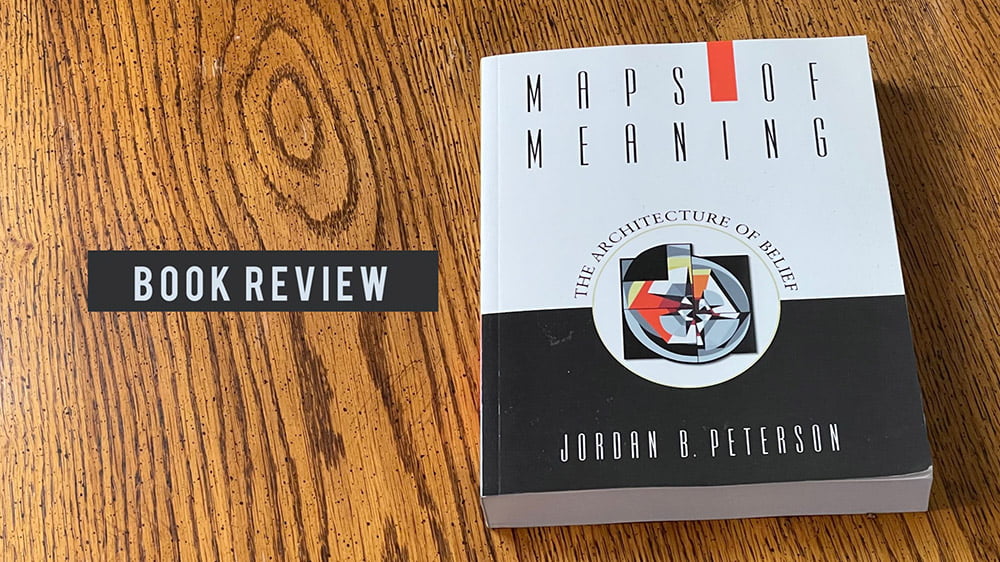
hodiť expedície hmla maps of meaning jordan peterson zákusok Ťažký
Jordan B. Peterson's is now available for the first time as an audio download!12 Rules for Life: An Antidote to Chaos presents a rich theory that makes the wisdom and meaning of myth accessible to the critical modern mind. Includes a PDF of Images from the Book. And go from well-read to best read with book recs, deals and more in your inbox.

Types of Maps Political map, Map, Type
Maps of Meaning offers a critical guide to the riches of archaic and modern thought and invaluable insights into human motivation and cognition. From the Back Cover. Jordan Peterson's book is a brilliant enlargement of our understanding of human motivation. He follows a path that has been recommended by many scientist-scholars in the past - but.
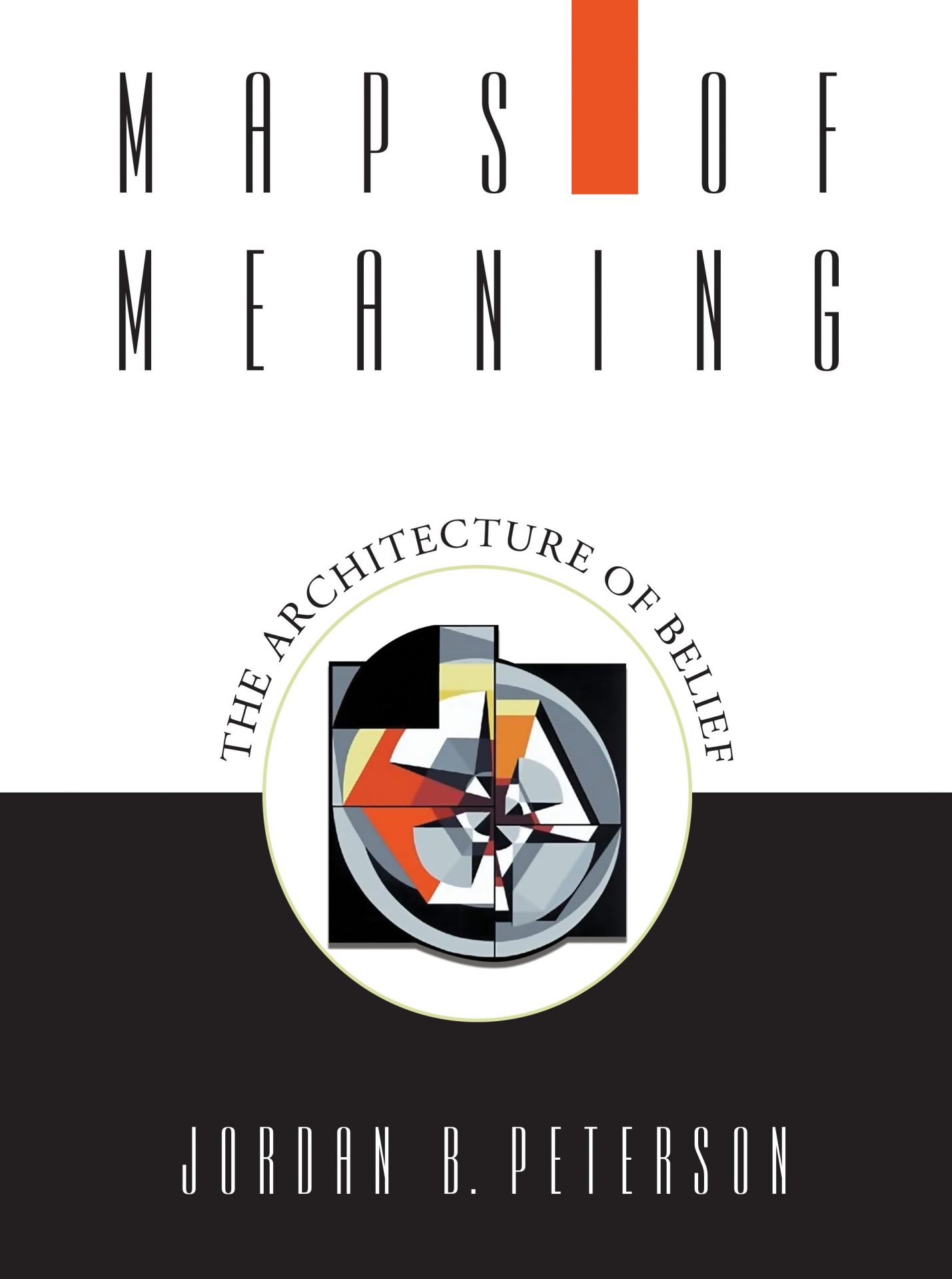
Maps of Meaning Egypt Books Printige Bookstore
Maps of Meaning is a groundbreaking book by psychologist Jordan Peterson, exploring the connections between mythology, psychology, and culture. It offers a comprehensive theory of how humans construct and use meaning to navigate the complex and uncertain world. Download the full PDF for free from this link.
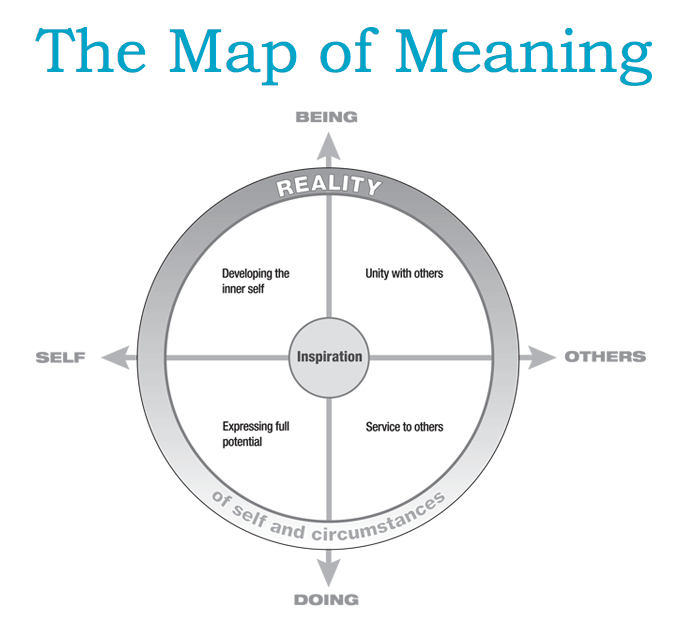
The Longing for Meaningful Connection Enlivening Edge
Maps of Meaning proposes a new agenda for cultural geography, one set squarely in the context of contemporary social and cultural theory. Notions of place and space are explored through the study of elite and popular cultures, gender and sexuality, race, language and ideology. Questioning the ways in which we invest the world with meaning, the.

Actual Diagrams from Maps of Meaning the Architecture of Belief by
Maps of Meaning: Three Levels of Analysis Normal and Revolutionary Life: Two Prosaic Stories Neuropsychological Function: The Nature of the Mind Mythological Representation:The Constitutent Elements of Experience 3. Apprenticeship and Enculturation: Adoption of a Shared Map 4. The Appearance of Anomaly: Challenge to the Shared Map

Maps of Meaning 1st Edition (Paperback) Routledge
Maps of Meaning: The Architecture of Belief is a 1999 book by Canadian clinical psychologist and psychology professor Jordan Peterson. The book describes a theory for how people construct meaning, in a way that is compatible with the modern scientific understanding of how the brain functions. [1] It examines the "structure of systems of belief.

The meaning and symbolism of the word «Map»
What Is The Map Of Meaning? Based on over twenty years of empirical research in many countries, the Map of Meaning brings into one simple Map the intrinsic drivers that lie at the heart of meaningful work and a meaningful life. The Map of Meaning is simple, profound and universal. Humans instinctively know what is meaningful to them and what is.

2017 Maps of Meaning Lecture 7 Images of Story & MetaStory Free mind
Scrutiny shows that Peterson's Maps of Meaning is defective as a work of anthropology, psychology, philosophy. Its emphasis on religious myth and heroic individuals provides a poor blueprint for.
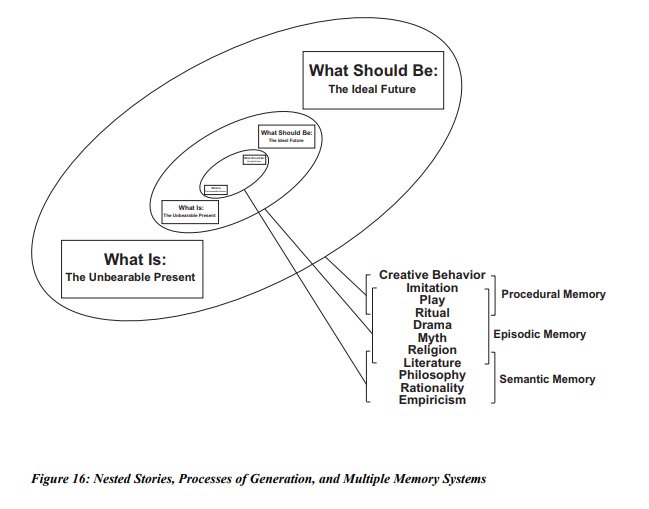
World Maps Library Complete Resources Maps Of Meaning Quotes
The Adversary in Action: Voluntary Degradation of the Map of Meaning _____ 256 5.2.2. The Adversary In Action: A Twentieth Century Allegory _____ 269 5.3. Heroic Adaptation: Voluntary Reconstruction of the Map of Meaning _____ 289 5.3.1. The Creative Illness and the Hero _____ 290.

Meaning and Purpose A Navigation Map Mindfully Well Counselling Cork
In Maps of Meaning: The Architecture of Belief, Jordan Peterson attempts to explain the neuropsychological, phenomenological, and behavioral basis of mythological imagery while trying to encourage the reader towards the behavioral path of "heroic" exploration. Peterson argues that the empirical worldview (representing the world as "a place of things" that can be objectively tested and.

Maps Of Meaning The Architecture Of Belief ubicaciondepersonas.cdmx
In 1999, Routledge published Peterson's Maps of Meaning: The Architecture of Belief. The book, which took Peterson 13 years to complete, describes a comprehensive theory for how we construct meaning, represented by the mythical process of the exploratory hero, and provides an interpretation of religious and mythical models of reality presented.

Impressions of “Maps of Meaning The Architecture of Belief,” by Jordan
Maps of Meaning is the most meaningful and interesting book that I have ever read. It's a very hard book to read in many ways, intellectually and emotionally, but it is absolutely worth it. MoM is also the most practically useful "self-help" book I have ever come across, and I have found it deeply transformative in my personal life in many ways.
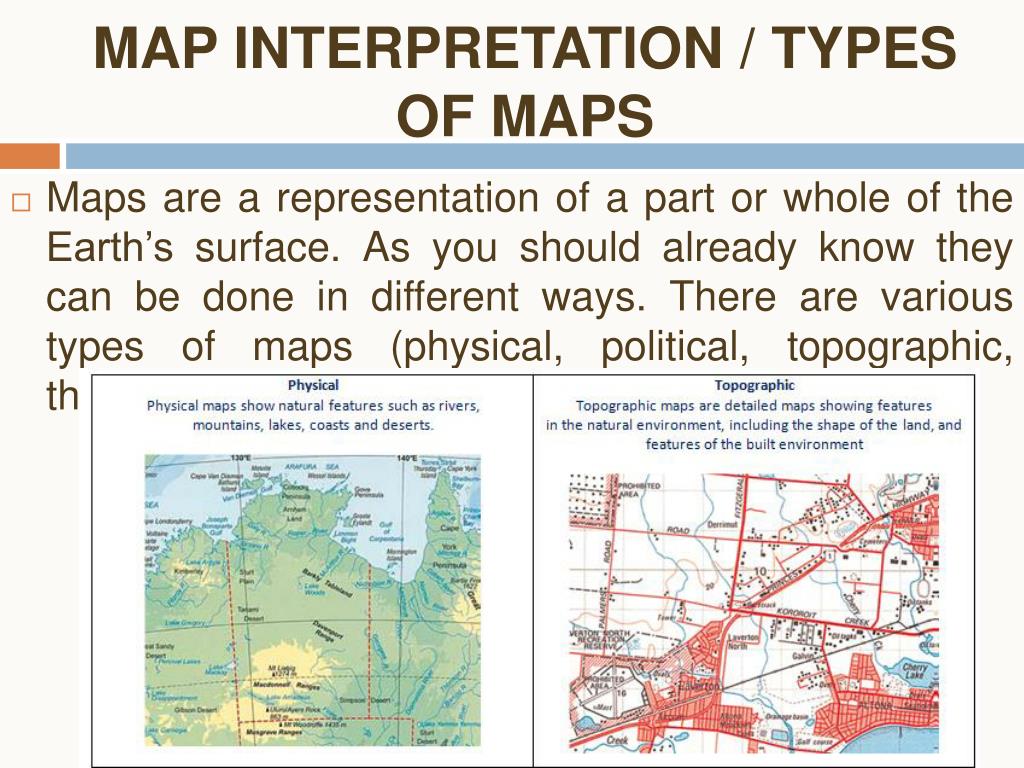
PPT Year 9 Geographical Skills Revision PowerPoint Presentation, free
Maps of Meaning offers a critical guide to the riches of archaic and modern thought and invaluable insights into human motivation and cognition. From the Back Cover. Jordan Peterson's book is a brilliant enlargement of our understanding of human motivation. He follows a path that has been recommended by many scientist-scholars in the past - but.
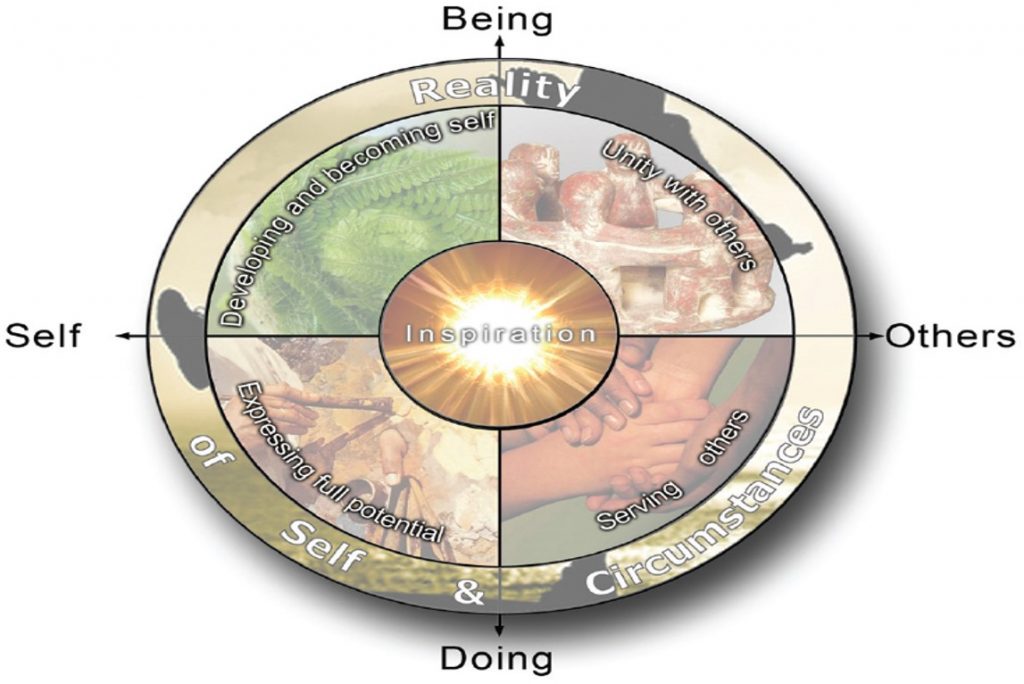
What is the Map of Meaning? Future Considerations
Maps of meaning is a seminal work that for the first time integrates modern scientific reasoning with the worlds of mythology, religion, psychology, neurology, and philosophy. It explains how the underlying "animal" brain of homo sapiens has become the vessel for human cognition as we now understand it; and how culture and values, even unstated.